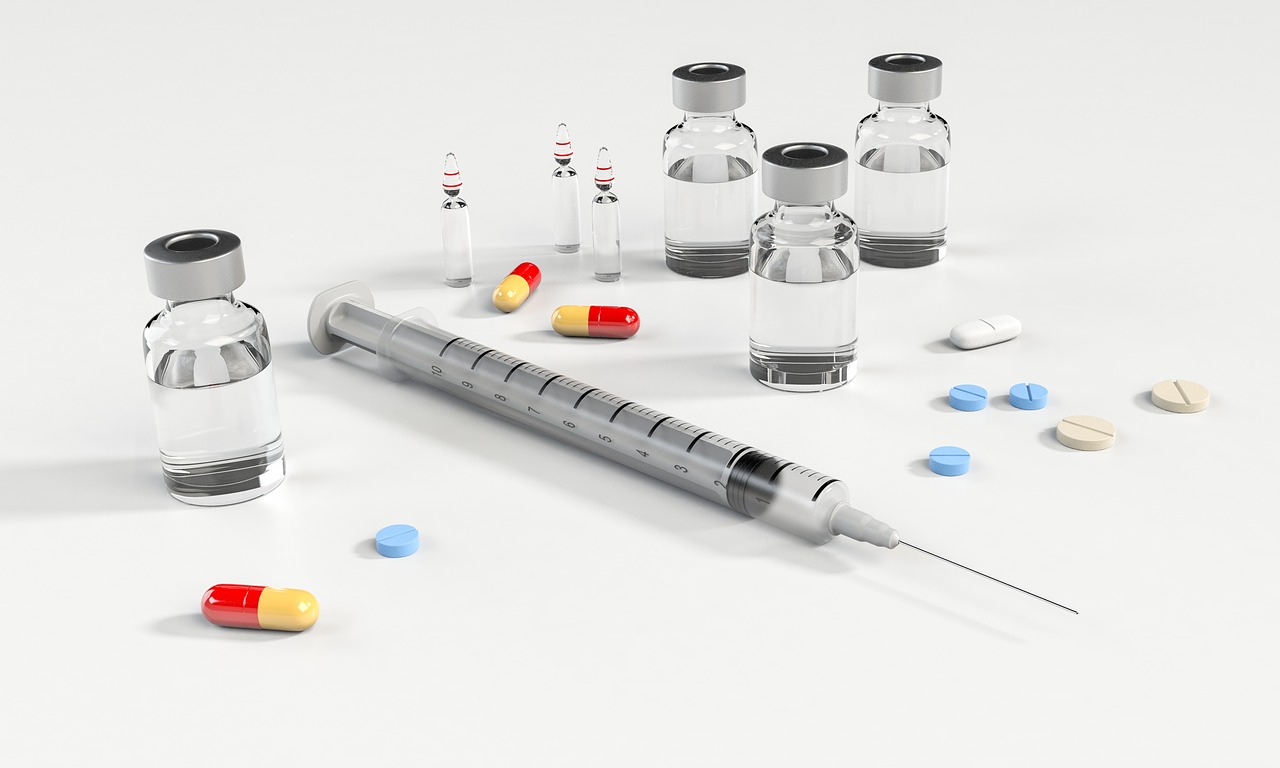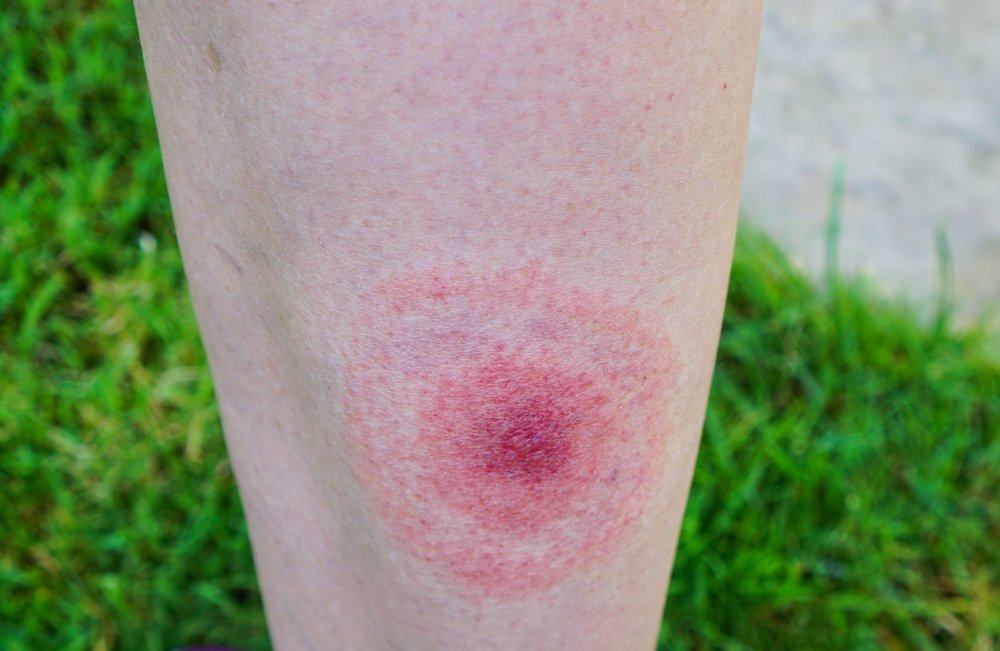Contents:
- Medical Video: 5 Common signs of Diphtheria
- All you need to know about diphtheria antitoxin
- 1. Diphtheria antitoxin must be given as soon as possible
- 2. How does diphtheria antitoxin work?
- 3. What are the diphtheria antitoxins?
- 4. Diphtheria antitoxin can be given as a preventive measure
- 5. Antitoxin side effects to watch out for
Medical Video: 5 Common signs of Diphtheria
Diphtheria is a disease caused by infection Corynebacterium diptheriae. In November 2017, the Indonesian Pediatrician Association (IDAI) stated that Indonesia was experiencing outbreaks of diphtheria which was marked by an increase in diphtheria cases in almost all regions in Indonesia.
This bacterium is transmitted through the air and can enter the respiratory tract. In the body, these bacteria will release toxic toxins (substances). Symptoms include weakness, sore throat, fever, swelling of the neck, pseudomembran, aka a gray layer on the throat or tonsils which when bleeding will be difficult to breathe and difficult to swallow.
If you suspect symptoms of diphtheria, you should immediately see a doctor. At present, diphtheria treatment is carried out in two ways, namely:
- Giving diphtheria antitoxin to prevent damage due to diphtheria toxin
- Giving antibiotics to fight bacteria
All you need to know about diphtheria antitoxin
1. Diphtheria antitoxin must be given as soon as possible
To increase the chances of recovery of patients, diphtheria antitoxin should be given as soon as possible. Antitoxin can even be given to patients before a laboratory examination and a diagnosis of the disease is proven.
However, this antitoxin is only given to patients who clinically show symptoms of diphtheria as mentioned above and after hypersensitivity testing for this antitoxin.
Even though you don't have to wait for laboratory results, it doesn't mean you don't need to do any checks. You still need to do a biopsy (tissue sampling) to be examined further in the laboratory. This is useful to make sure you don't have other infections.
2. How does diphtheria antitoxin work?
Antitoxin works by neutralizing toxins Corynebacterium diptheriae released in blood vessels (unbound) so that it can prevent complications of the disease. This antitoxin is derived from horse serum, which means formulated from horse plasma which is immune to this disease.
3. What are the diphtheria antitoxins?
This antitoxin is usually given in the form of intramuscular injections (injections into muscles) in lighter cases of diphtheria. Whereas in severe cases, diphtheria antitoxin is usually given in intravenous fluids.
Doses of diphtheria antitoxin in children and adults are generally not different. The dosage is adjusted for the clinical symptoms that appear.
- Throat disease that occurred for two days was given 20,000 to 40,000 units
- Nasopharyngeal disease is given 40,000 to 60,000 units
- Severe illness or patients with diffuse swelling of the neck are given 80,000 to 100,000 units
- Skin lesions are given 20,000 to 100,000 units
4. Diphtheria antitoxin can be given as a preventive measure
According to the Centers for Disease Control and Prevention (CDC) in the United States (equivalent to the Directorate General of Disease Prevention and Control in Indonesia), there are several conditions in which diphtheria antitoxin can be used to prevent disease, not to treat.
Here are people who might need antitoxin to prevent diphtheria.
- People who are exposed to diphtheria toxin
- People with an unclear history of diphtheria immunization (forgot to have immunized Dt and Td or not)
- Can not be admitted to the hospital to monitor the development of clinical symptoms or tissue culture can not be done to see diphtheria bacteria
- People who have a history or are suspected of injecting diphtheria toxin (such as workers in a laboratory or hospital)
5. Antitoxin side effects to watch out for
Just like other drugs, antitoxin also risks causing side effects. Thus, repeated administration is not recommended because it can increase the risk of side effects. Side effects that can occur after injection of diphtheria antitoxin include:
1. Allergy and anaphylactic shock
Antitoxin allergy is generally characterized by itching, redness, hives and angioedema. Whereas in severe allergic cases, namely anaphylactic shock, the symptoms are shortness of breath, decreased blood pressure, and arrhythmia. However, this case is very rare.
2. Fever
Fever can appear 20 minutes to one hour after injection of diphtheria antitoxin. Fever after injection is characterized by a rapid increase in body temperature accompanied by a feeling of shivering and tightness.
3. Serum sickness
This condition is characterized by symptoms of skin redness, hives, fever, accompanied by joint pain, aches, and enlarged lymph glands.
These symptoms can appear seven to ten days after administration of antidifhteric cerium. Treatment for serum sickness is to give anthistamine drugs, non-steroidal anti-inflammatory drugs, and corticosteroid drugs.












